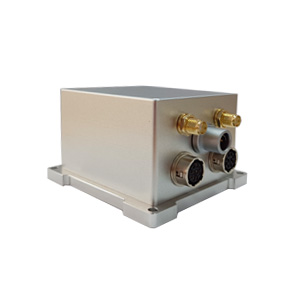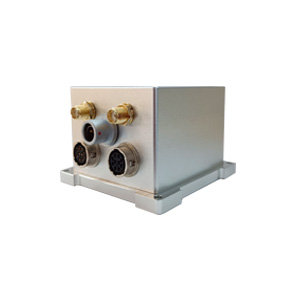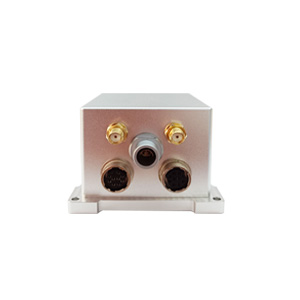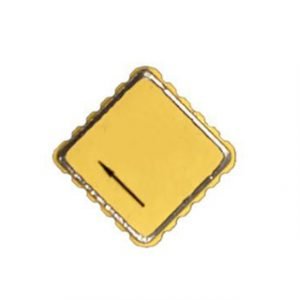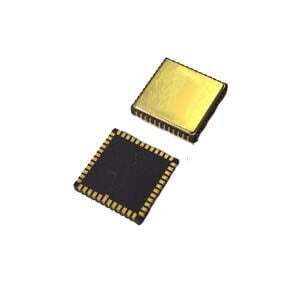The primary and secondary relationship between GNSS and INS in an integrated navigation system is fundamentally determined by INS accuracy. INS accuracy directly influences error control strategies, data fusion logic, and scenario adaptation. When INS accuracy is high, an "INS-dominated, GNSS-assisted" mode is adopted; when INS accuracy is low, a "GNSS-dominated, INS-short-term blind spot compensation" mode is adopted.
High-Precision INS-dominated Collaboration Logic
The core advantage of a high-precision INS is its slow error accumulation, enabling it to autonomously maintain high-precision navigation. Therefore, it serves as the primary output source of navigation data, with GNSS serving only as a periodic calibration reference.
Taking the ER-GNSS/MINS-01 as an example, its MEMS gyroscope bias instability is less than 0.02°/h, and its accelerometer bias instability is less than 2μg. It can maintain an attitude and heading accuracy of 0.01° for 60 seconds even after losing satellite lock, and an X/Y position error of less than 0.5 meters. This type of INS device has extremely low inherent errors (angular random walk <0.005°/√h), and requires no frequent GNSS calibration for stable operation.
In this mode, GNSS access is required only periodically. RTK centimeter-level positioning accuracy is used to correct for long-term INS drift, focusing on correcting systematic errors such as gyroscope bias temperature drift. In high-dynamic scenarios, GNSS velocity accuracy of 0.03m/s assists in correcting transient errors, but the core data output remains the INS.
It is primarily suitable for applications requiring extreme precision and unstable GNSS signals, such as urban mapping and large drone formations.
Cooperation Logic for Low-Precision INS Assistance
Low-precision INS (gyroscope bias instability >1°/h) experience rapid error accumulation, leading to rapid loss of accuracy in pure inertial navigation mode. Therefore, GNSS is used as the core reference, with the INS only providing short-term blind spot compensation. Taking the ER-GNSS/MINS-05 as an example, its gyroscope bias instability is less than 2°/hour. After 60 seconds of GNSS lock loss, attitude accuracy drops to 0.1°, with X/Y position errors reaching 15 meters. This error growth rate is much faster than that of high-precision INS. These INS devices have large inherent errors (angular random walk ≤ 0.15°/√h) and must rely on real-time GNSS calibration.
In this mode, GNSS data must be continuously output, and high-frequency calibration is used to suppress INS errors. Signal stability is also enhanced by multi-constellation compatibility. The INS compensates for short GNSS outages, maintaining attitude accuracy of 0.03° and position error of less than 1 meter. It can also assist in detecting GNSS signal anomalies.
This mode is suitable for applications where GNSS signals are generally available and cost-effective, such as civilian agricultural drones and smart agricultural machinery.
The high-precision INS mode trades high component cost for autonomous high accuracy, suitable for high-end applications with unstable GNSS signals. The low-precision INS mode balances accuracy with cost, meeting the needs of the general public. From an error control perspective, the former focuses on suppressing long-term slow drift of the INS while maintaining intermittent GNSS access, while the latter requires correcting short-term rapid accumulation of the INS while maintaining continuous GNSS operation. This dynamic adjustment logic is the core competitiveness of integrated navigation in adapting to diverse scenarios.
More Technical Questions
1. What Is GNSS-aided MEMS INS and How Does It Work?
2. How to Improve the Performance of MEMS Inertial Navigation Systems?
3. Full-temperature Performance Optimization Method For MEMS accelerometer
4. Classification And Performance Improvement Of MEMS Gyroscope
5. MEMS Accelerometer Packaging Technology
6. Performance Analysis of GNSS RTK Timing


